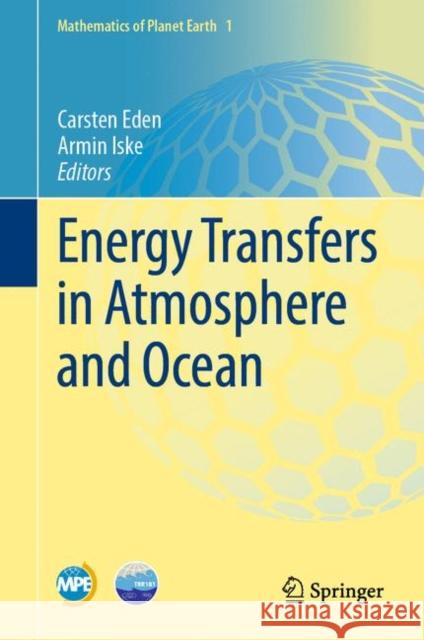Energy Transfers in Atmosphere and Ocean » książka
topmenu
Energy Transfers in Atmosphere and Ocean
ISBN-13: 9783030057039 / Angielski / Twarda / 2019 / 312 str.
Kategorie:
Kategorie BISAC:
Wydawca:
Springer
Seria wydawnicza:
Język:
Angielski
ISBN-13:
9783030057039
Rok wydania:
2019
Wydanie:
2019
Ilość stron:
312
Waga:
0.74 kg
Wymiary:
20.83 x 23.11 x 2.29
Oprawa:
Twarda
Wolumenów:
01











